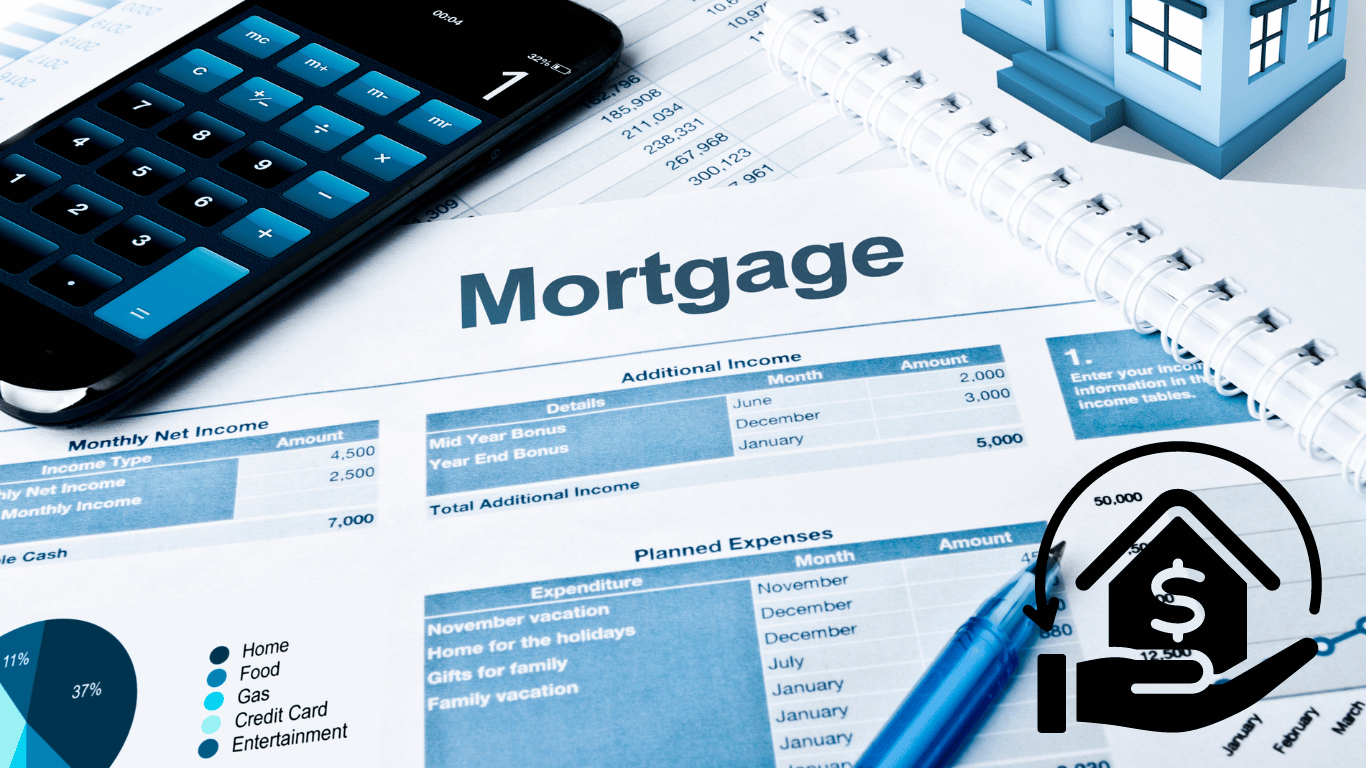
Mortgages that are guaranteed by the government are an essential element to achieving affordable housing, which makes homeownership more accessible to the majority of people. These loans, either guaranteed or backed through federal government agencies aid those who otherwise would struggle to get funding. This is a concise but comprehensive guide to comprehend the importance of these loans and their importance in affordable housing.
What Are Government-Backed Mortgages?
The government-backed mortgages are those that are insured or backed through federal government agencies. The main types of these include FHA loan, VA loans, and USDA loans. These types of loans are designed to decrease the risk of lenders, and make easier for borrowers who have less than perfect credit or a less financial resources to get the mortgage.
1. FHA Loans: backed by the Federal Housing Administration (FHA) These loans are targeted at homebuyers who are first-time buyers and people with less income. FHA loans have a minimum down payment of as little as 3.5 percent, and have less stringent requirements for credit scores in comparison with conventional loan.
2. VA Loans: backed through the U.S. Department of Veterans Affairs (VA) These loans are offered to veterans, active duty service members, and some people who are members who are members of the National Guard and Reserves. VA loans provide advantages such as the absence of a down payment, and there is there is no personal home insurance (PMI) obligation.
3. USDA Loans USDA Loans U.S. Department of Agriculture (USDA) provides these loans, designed for those who live in rural or under-served areas. USDA loans are available with no down payment, and have low interest rates, which makes them an ideal choice for buyers looking to purchase in rural areas that are eligible.
How Government-Backed Mortgages Promote Affordable Housing
Mortgages that are backed by government play a crucial part in making housing affordable by utilizing a variety of mechanisms:
1. Lower down payments They significantly lower the requirement for a huge down payment. FHA loans could require just 3.5 percent of the purchase cost, in contrast, VA as well as USDA loans typically do not require a down amount. The lower cost of the initial purchase means that homeownership is more affordable for those who are first-time homebuyers and those who have limited savings.
2. The flexibility of credit requirements is a big plus. Federally-backed loans usually have more flexible criteria for credit than traditional loans. FHA credit, for instance are geared towards borrowers with less credit scores, allowing homeownership for those who would otherwise not be able to obtain loans.
3. Low Interest Rates Thanks to the federal support, loans usually have low interest charges. VA as well as USDA loans usually have rates that are less expensive than conventional loans. This could result in substantial savings over the duration period of loan.
4. There is no private Mortgage insurance (PMI ): While conventional loans typically require PMI when your down payments are lower than 20 percent, VA and USDA loans don’t. The absence of PMI can lower the monthly payment, making homeownership less expensive.
5. Assistance in Support for Rural Areas: USDA loans are specifically targeted at encouraging homeownership in areas that are rural or underserved. This assistance helps stimulate the growth of these areas and offers opportunities for homeownership in areas that would otherwise be deemed unimportant.
Applying for Government-Backed Mortgages
Here’s an easy way of applying for a mortgage that is backed by the government:
1. Check eligibility: Determine if you’re eligible for the kind of mortgage that you’re looking for. The program you’re interested in has specific eligibility requirements in relation to your income, credit score and the location of your property.
2. Create Documentation: Gather the required documents like evidence of income or tax returns, as well as bank statements. Every loan type has distinct documents to be submitted, so make sure you review these thoroughly.
3. Choose a Lender: Search for a lender who offers the government-backed mortgage you require. Find one that has prior experience handling these types of loans, to assure a smooth application.
4. Apply and be pre-approved Complete your application and be pre-approved to know the amount you are able to take out. Pre-approval shows the sellers you’re an experienced buyer and increases your standing on the marketplace.
5. Close the loan: Once you’ve been accepted, you must close your loan agreement by signing all necessary documents and paying the closing fees. When you’ve completed the closing process, you’ll be legally able to get the mortgage and will be able to move on in the purchase of your home.
Conclusion
Mortgages that are backed by government are crucial to make homeownership more accessible and affordable. Through offering lower down payment and flexible credit requirements and low prices, the loans are able to help an array of buyers. No matter if you’re a first time homebuyer or a veteran one who wants to purchase a home in rural areas the programs can provide opportunities to become homeowners and providing the affordability of housing. Knowing and using these programs will assist you in navigating the way towards owning your own home with more comfort and security.
Leave a Reply